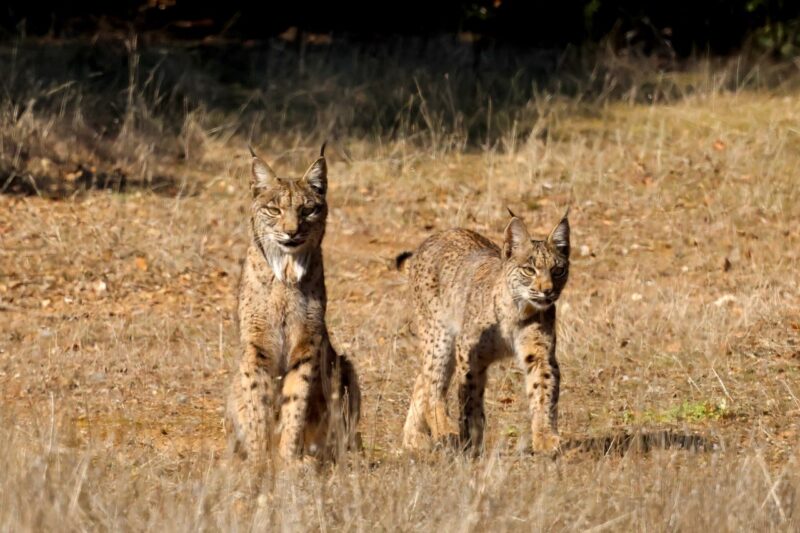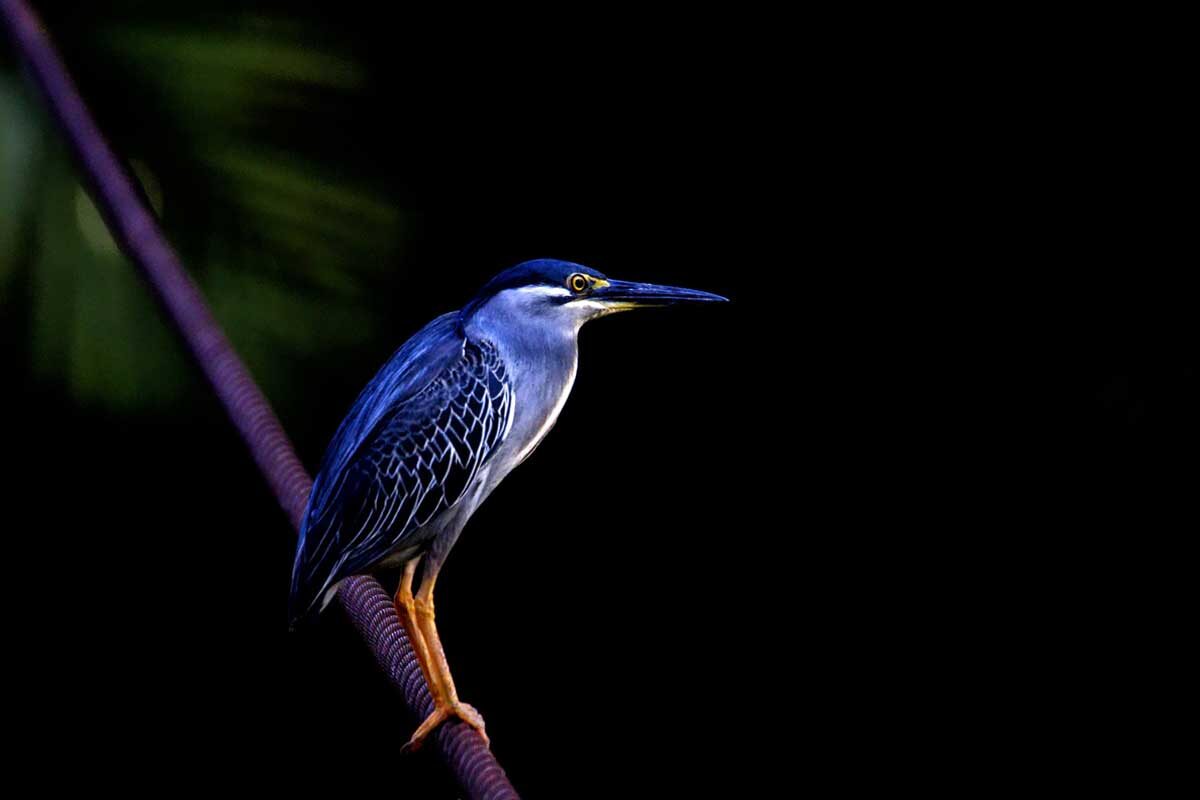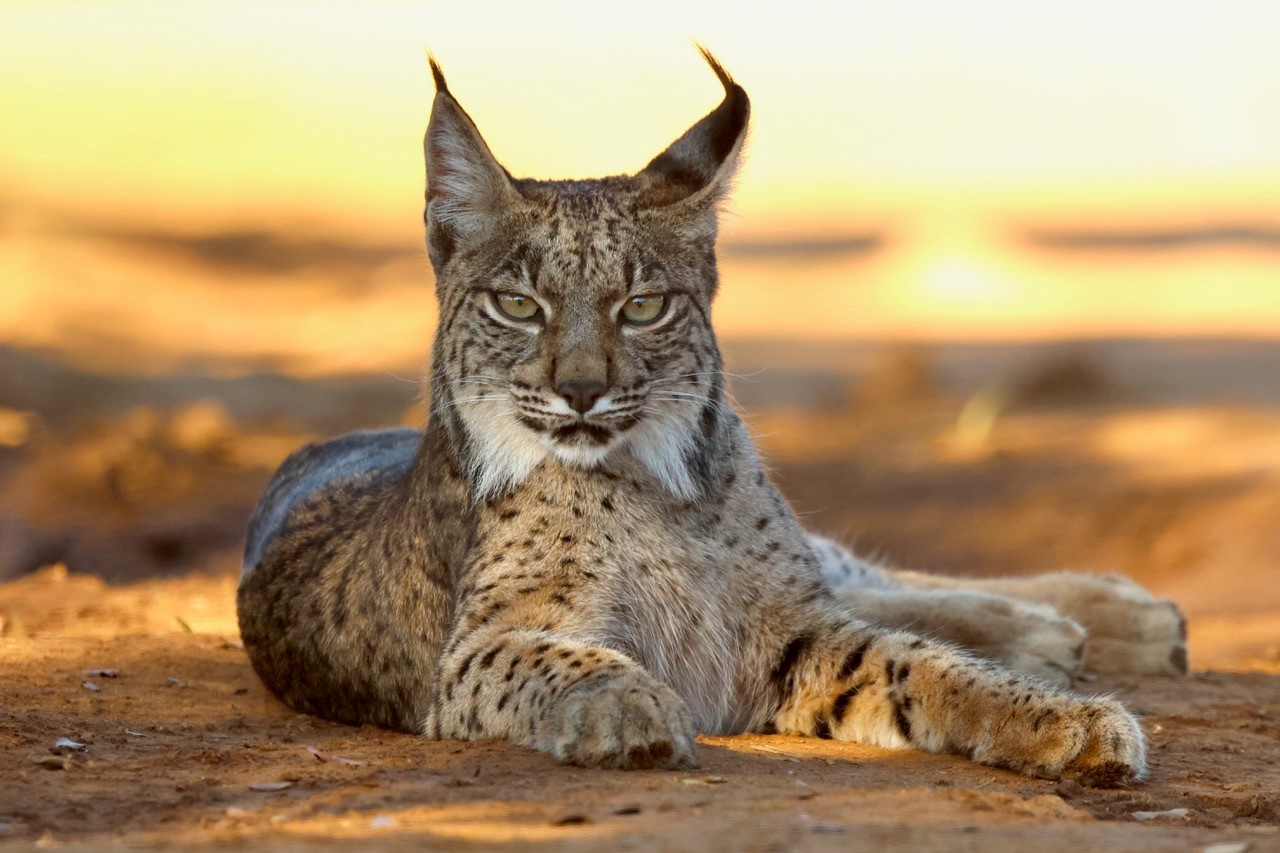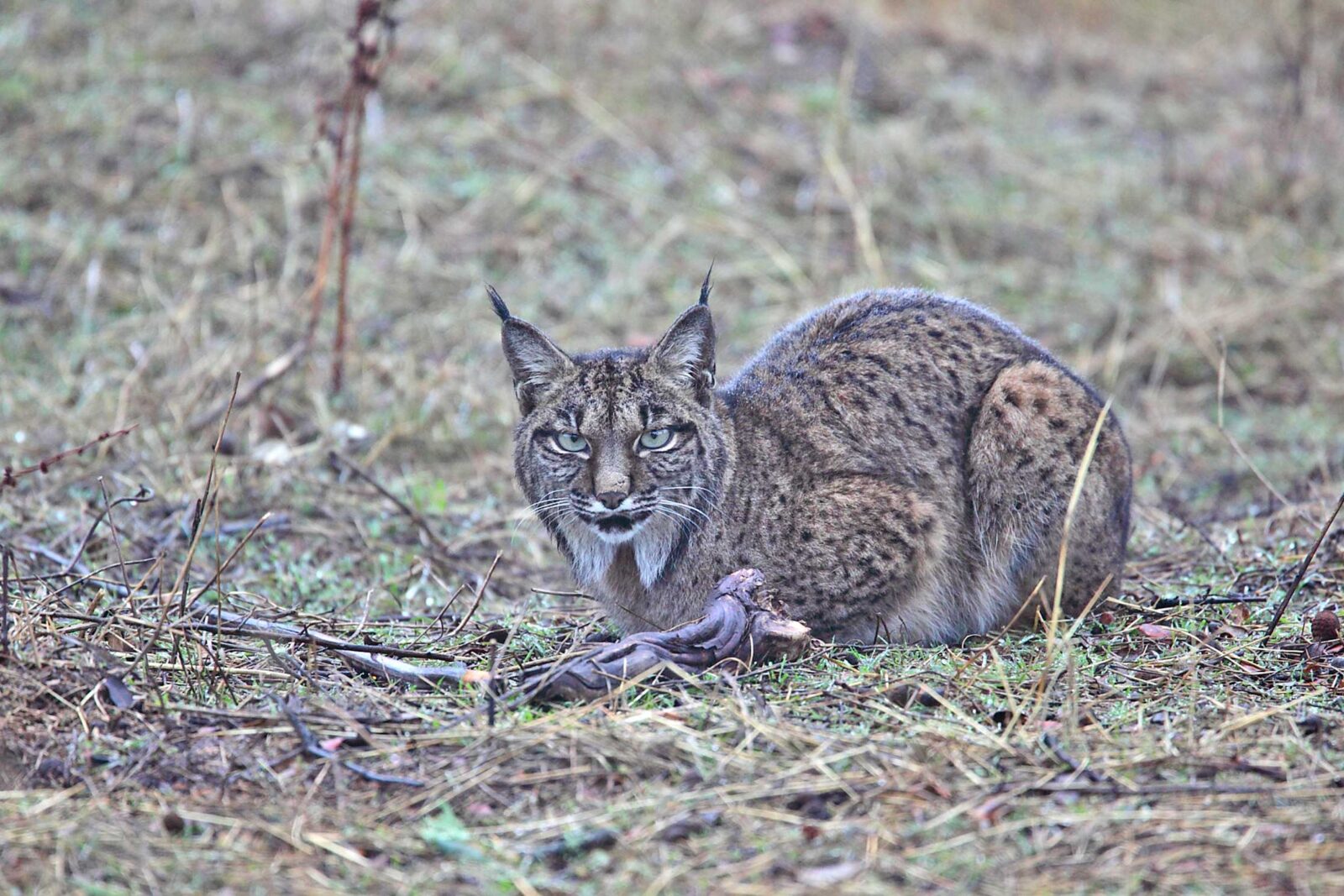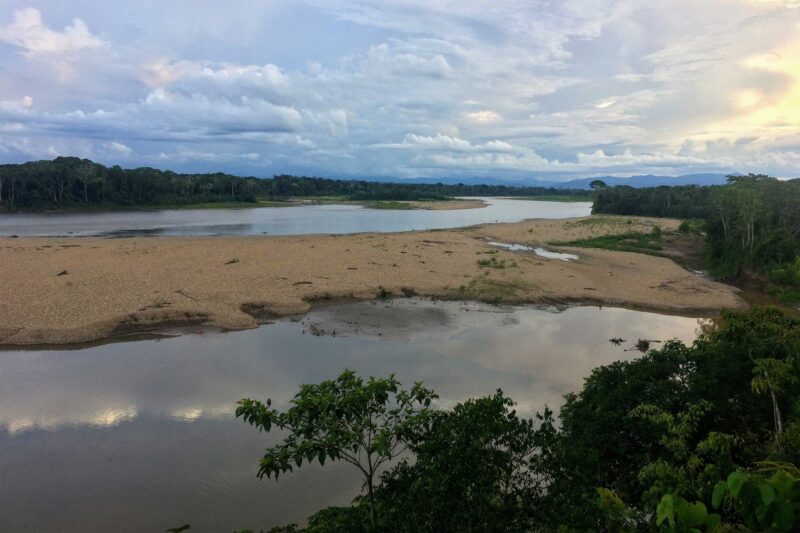Into the 1800s Iberian lynx were found throughout Spain, Portugal and southern France. A steady decline in population and distribution took place during the 1900s until by the 21st century, only two fragmented breeding populations remained in southern Spain, where Iberian lynx continue to hang on today.
John Bassindale booked a tailor-made tour to the region with us and was blessed with multiple lynx sightings. On his return he kindly shared these beautiful images of this exquisite felid. Thank you again, John.
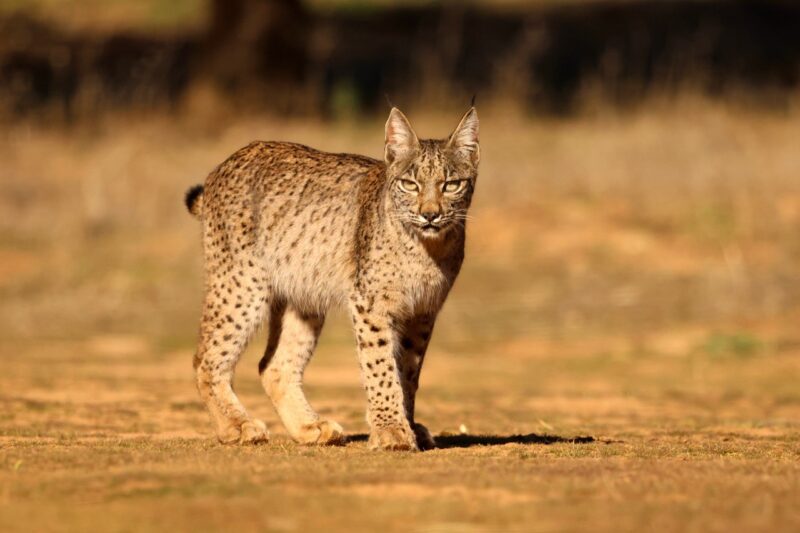
Persecution of Iberian lynx in centuries gone by has continued to the present day. Hunting lynx was made illegal in the 1970s, but the all too familiar attitude some landowners have towards wild carnivores lives on. With such predators still viewed as an unwelcome threat to game populations, poaching continues to be a major challenge to the survival of the lynx. Other significant current threats are declining prey stocks, collisions with vehicles and habitat loss and degradation.

Thankfully, some landowners are beginning to see things differently. On Spain’s Peñalajo Estate, a different stance has given the lynx a glimmer of hope. The presence of an iconic, apex predator has its incentives, to both landowner and the local community, through the growth of ecotourism.

The most recent Iberian lynx census shows there was a total population of 1,668 individuals, with 326 actively breeding females. In order for the species to be downgraded from endangered to vulnerable on IUCN’s red list, scientists say this number of breeding females must increase to 750. There is still some way to go, but these numbers are extremely encouraging when you consider there were only a hundred individuals in total at the turn of the millennium.

Approximately fifty lynx were reintroduced to the Sierra Morena, the mountain range that spreads east to west just south of Peñalajo Estate. The area is part of a wider region known as the Iberian highlands, one of Rewilding Europe’s ten conservation projects. The Iberian lynx does not have as widespread a range as its Eurasian cousin: along with some small reintroduction sites in Portugal, this part of southern Spain will play a key role in the continued fightback of this precious species.
Efforts to increase Eurasian lynx numbers are occurring in some of the scheme’s other projects, such as in the Southern Carpathians in Romania. Of particular interest to the United Kingdom is Scotland’s Affric Highlands project where Eurasian lynx are being touted as a once-native predator ready to be reintroduced to the Caledonian forest.

John stayed at the Hotel Casa Palacio in the town of Santa Cruz de Mudela. Despite being a charming accommodation option in its own right with its traditional Spanish architecture and exceptionally warm hospitality, the main reason for choosing the hotel is its proximity to the Peñalajo Estate.

Peñalajo Estate has 12 double-seat hides sited close to watering holes where animals will naturally gravitate to for a drink. The lynx here are not baited with meat which might be used to lure them towards tourist and camera. Sessions in the hide can be enjoyed throughout the day, although in summer they tend to begin very early in the morning with a break during the hottest part of the day, and a second session in the hide taking place in the late afternoon.
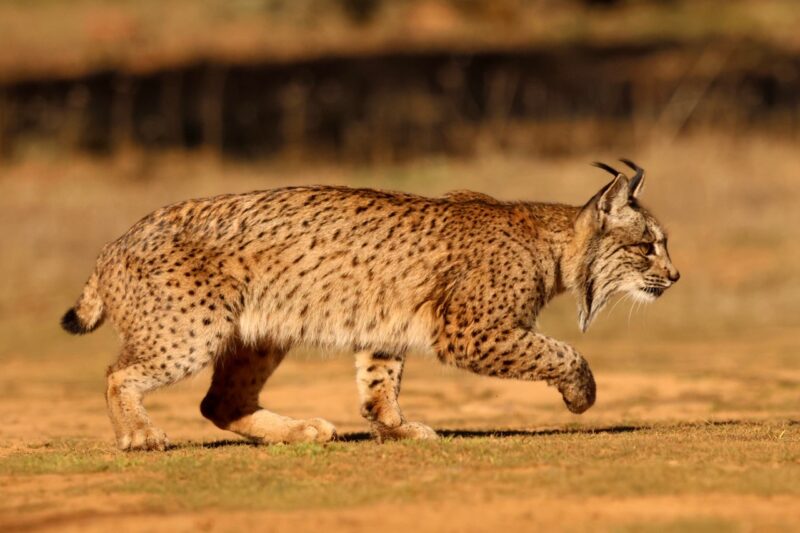
To discuss our Spain wildlife tours and lynx-watching experiences further, please get in touch with our country specialist, John Melton on +44 (0)1803 866965.
